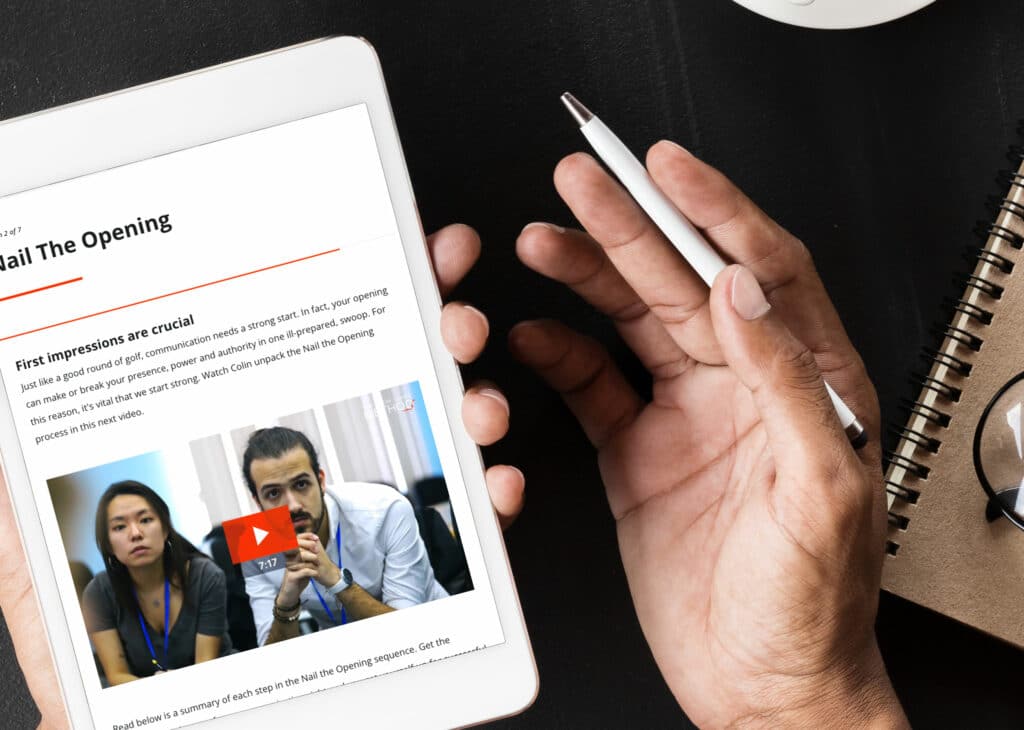The times they are a-changing, with constant disruptions from things like AI, machine learning, and so on. Strategy that was relevant 6 months ago may be dying on the vine today. New competitors are showing up in non-traditional ways. The market turns on a whim. In order to remain profitable, organisations have to be nimble and quick to adjust to circumstances. Managing and leading people through these whitewater times requires leadership skills such as toughness and strength.
There is ample evidence that women do have what it takes to make effective leaders. Here are just some examples:
- Pepperdine University reported businesses with more women in leadership reported better financial results than those with fewer.
- The Massachusetts Institute of Technology found the only high predictor of a group’s creativity and effectiveness was the number of women in the group.
- Harvard Business School reported peers, bosses, direct reports, and associates rated senior executive women up to 10% better as leaders than male senior executives.
- Credit-Suisse Research Institute found companies with women on their boards outperformed those with all- male boards.
Unfortunately, despite all the evidence that women can be effective leaders, it can be much harder for women to be seen as such. The realities of gender politics mean that women who are assertive and strong draw more ire and criticism than their male peers who display these same qualities. As Sheryl Sandberg says, “We call girls bossy on the playground. We call them too aggressive or other B-words in the workplace. They’re bossy as little girls, and then they’re aggressive, political, shrill, too ambitious as women.”
Whilst we could spend our time debating the whys and wherefores of this, let’s instead look at ways women leaders can be tough without playing into these negative stereotypes.
Here are three communication tactics women leaders can employ to demonstrate their effective leadership skills without being saddled with sexist labels.
1. Think context, context, context
Have you ever watched those police drama shows on television? Inevitably there is a scene in a briefing room where Head Cop delivers updates and allocates tasks. In a briefing room, the context is defined: this is where we hear the undiluted news, and updates and orders are given.
Create a similar ‘briefing room’ space in your office. If this cannot be done physically (perhaps there are not many options or there is not enough space), then create it symbolically. This could be the only time you use a lectern, for example. The context signals that it’s time to get serious. Ensure you do these briefings regularly (weekly is good), that your tone and demeanour is very matter-of-fact and direct, and that your body language is assertive.
2. Use language of inclusivity
It’s a frustrating double standard that men who heavily use the personal pronoun ‘I’ are often given undue credit, while women who do the same are seen as self-promoting and are often punished as a result.
Using inclusive words like ‘we’, ‘us’, ‘together’ and ‘let’s’ immediately dissolves the barriers thrown up by the overuse of the personal pronoun ‘I’, and lets people know you’re a team player, while still conveying your confidence.
The difference between saying “I find it disturbing that some people are not pulling their weight given the agreement I had with you all.” vs. “We really need to pull together to fulfill the agreement we made as a group” is dramatic.
3. The frame makes the picture
In order to seem less aggressive, women often preface what they say with phrases like ‘I think … ’ or ‘I feel … ’ or ‘I believe …’ – even when trying to communicate an abject fact. By using this sort of language, you are in effect diminishing the impact of your message by making it seem more like a personal opinion rather than a statement of reality.
The assertion of facts is one of the most emphatic ways of framing an issue, and allows you to be direct without drawing heat. Instead preface or frame statements with expressions such as:
“The fact is…”
“The truth is….”
“The key point here is…
“What the data tells us is…”
“What we know is important is…”
Many persuasive-speaking guides place a lot of emphasis on gathering evidence and mastering the facts of one’s argument, and this simple use of framing will help you do just that. Try it for yourself and see how it changes how people listen to you.
There it is… context, inclusivity and framing.
These 3 leadership skills will help you appear strong and assertive, rather than ‘bossy’ and ‘aggressive’.
Want more tips on how to be a strong leader and convince stakeholders? Check out our helpful pitching cheatsheet where we help you eliminate the most common pitching mistakes, so you stand out for the right reasons.

The Colin James Method® Facilitators train corporate executives to improve their professional communication skills with a proven methodology. Our highly trained Facilitators and Coaches are recognised for their experience in their fields and have worked with many individuals and organisations around the world to master the art of communication.











